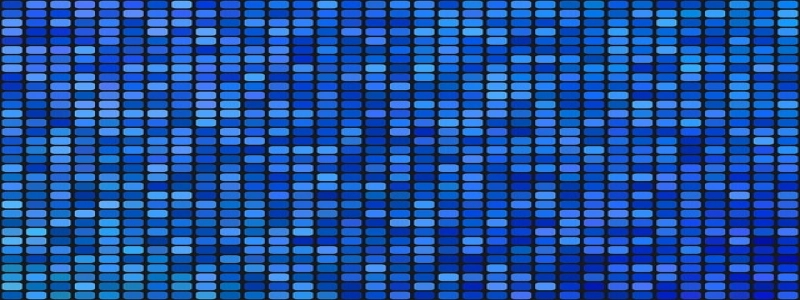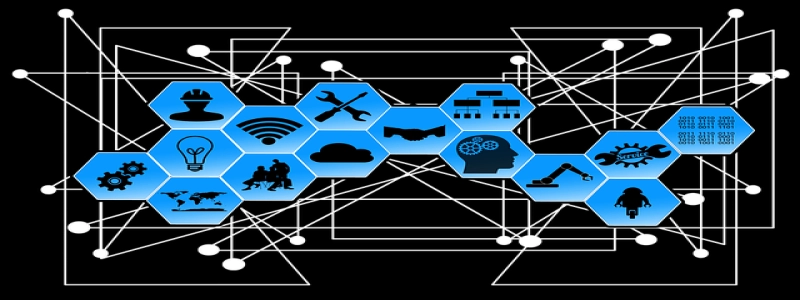Dense Wavelength Division Multiplexing (DWDM) Wavelengths
Introdução:
Na era digital de hoje, the demand for higher bandwidth and faster data transmission has increased exponentially. This has led to the development of Dense Wavelength Division Multiplexing (DWDM) technology. DWDM allows multiple signals to be transmitted simultaneously over a single optical fiber by using different wavelengths of light. These wavelengths, also known as DWDM wavelengths, play a crucial role in ensuring the efficient and reliable transmission of data.
EU. What are DWDM wavelengths?
DWDM wavelengths refer to the specific wavelengths of light used in the DWDM system. These wavelengths are typically in the range of 1550 to 1625 nanometers (nm), which falls within the C and L bands of the optical spectrum. Each DWDM wavelength can carry a different data signal, allowing multiple signals to be transmitted and received simultaneously over a single fiber optic cable.
II. Benefits of DWDM wavelengths:
1. Increased bandwidth: By using multiple wavelengths, DWDM technology significantly increases the bandwidth capacity of fiber optic networks. This allows for the transmission of large volumes of data, including high-definition videos, cloud computing applications, and other bandwidth-intensive applications.
2. Cost and space efficiency: DWDM enables multiple signals to be combined and transmitted over a single fiber, eliminating the need for multiple parallel fiber cables. This results in cost savings in terms of infrastructure and reduces space requirements in data centers and telecom networks.
3. Long-distance transmission: DWDM wavelengths are ideal for long-distance transmission due to low optical loss and efficient signal regeneration capabilities. This makes it possible to transmit data over thousands of kilometers without significant degradation in signal quality.
III. DWDM wavelength grid:
The International Telecommunication Union (ITU) has established a standardized grid for DWDM wavelengths to ensure interoperability and compatibility between different vendors’ equipment. The ITU grid defines specific frequency channels within the optical spectrum at intervals of 100 GHz or 50 GHz, depending on the system requirements.
4. Applications of DWDM wavelengths:
1. Telecommunications: DWDM technology is widely used in telecommunications networks to increase the capacity and efficiency of data transmission. It enables service providers to offer high-speed internet access, video streaming, and voice services to a large number of users.
2. Data centers: DWDM is essential in data centers that require high-bandwidth connections to handle the increasing data traffic. It enables reliable and fast data transmission between servers, storage devices, and switches, ensuring smooth operation of cloud computing services and big data analytics.
3. Financial institutions: The finance industry relies heavily on high-speed and secure data transmission for activities such as online trading, electronic fund transfers, and real-time market data processing. DWDM technology provides the necessary bandwidth and low latency required for these operations.
Conclusão:
DWDM wavelengths are a critical component of the DWDM technology, enabling high-capacity and high-speed data transmission over fiber optic networks. Combined with the benefits of increased bandwidth, cost efficiency, and long-distance transmission capabilities, DWDM wavelengths play a crucial role in meeting the growing demands of the digital world.








